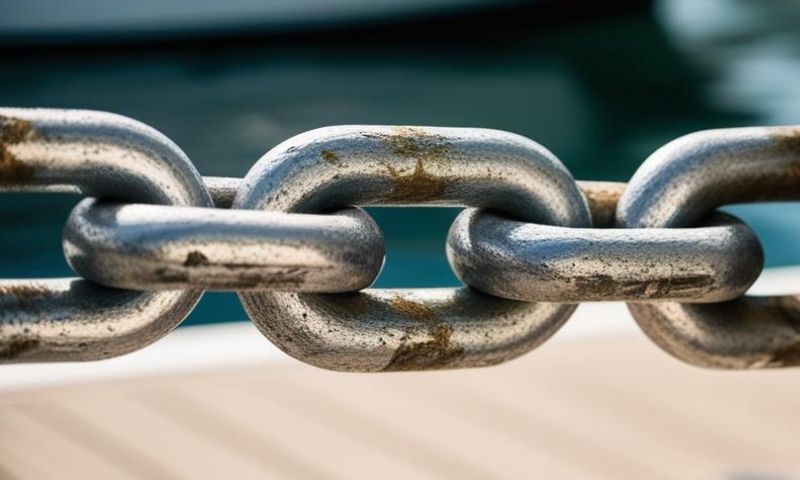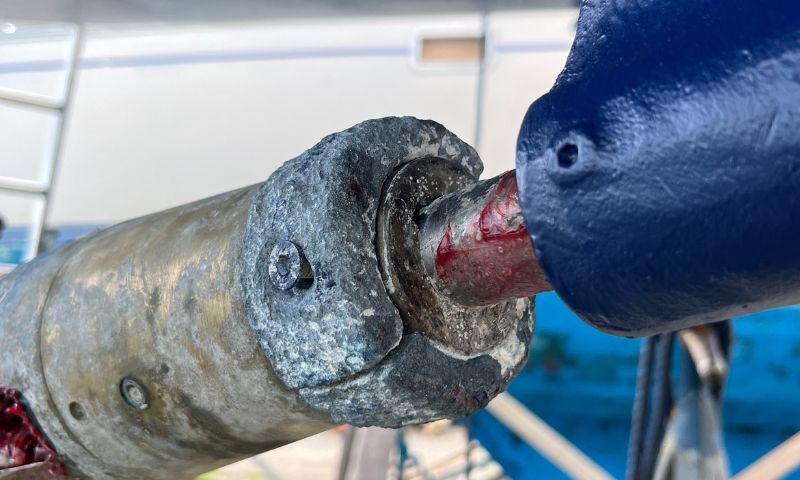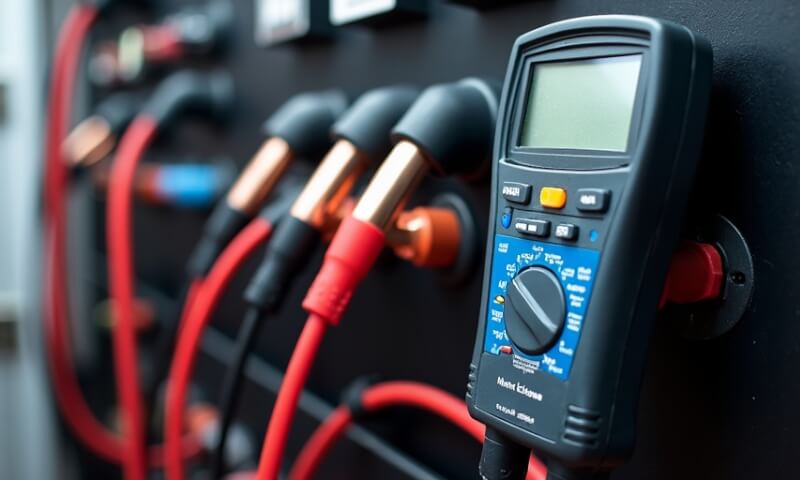Mooring chains play a crucial role in maritime operations, ensuring vessels remain securely anchored even in the most challenging conditions. These chains are essential components for maintaining stability and preventing drift caused by wind, currents, and tides. The weight of a mooring chain is one of the most important factors that influence its performance, as it affects the load-bearing capacity, durability, and overall effectiveness in different marine environments. Selecting the correct chain weight is crucial for ensuring reliability and safety, particularly for commercial ships, offshore platforms, and other maritime applications. In this comprehensive guide, we will delve into the significance of mooring chain weight, compare stud link and studless chains, and provide valuable insights into selecting the right chain based on your specific requirements.
Introduction to Mooring Chain Weight
Understanding mooring chain weight is fundamental for choosing the best chain for your vessel or offshore installation. The weight of a chain impacts load distribution, resistance to mechanical stress, and the ability to absorb environmental forces. A well-chosen mooring chain prevents excessive movement, minimizes strain on anchoring points, and extends the longevity of both the chain and the anchored structure. Moreover, using the appropriate chain weight helps optimize costs by balancing strength and material efficiency. When evaluating mooring chains, factors such as chain diameter, material composition, and manufacturer specifications should always be considered.
Weight Tables for Stud Link Chains
Stud link chains are preferred for high-strength applications where durability and resistance to deformation under heavy loads are critical. Their internal studs enhance structural stability and minimize link distortion. These chains are commonly used in large-scale anchoring solutions, including oil rigs, cargo ships, and offshore platforms.
Weight Tables by Chain Diameter
Below is a detailed weight table outlining different chain diameters and their corresponding weights, which can be referenced when selecting the right stud link chain for your application:
Variations in Weight Among Manufacturers
The weight of mooring chains can vary between manufacturers due to differences in material composition, production techniques, and quality control standards. Some manufacturers incorporate innovative designs that enhance strength while reducing overall weight, leading to more efficient and cost-effective solutions. It is advisable to consult specific manufacturer weight charts to ensure compatibility with your vessel’s needs.
Weight Tables for Studless Chains
Studless chains are a practical alternative to stud link chains, particularly when weight reduction and flexibility are priorities. These chains offer easier handling and storage, making them ideal for temporary mooring applications and lighter-duty marine operations. While they may not provide the same structural reinforcement as stud link chains, they are effective in a range of maritime settings.
Weight Tables by Chain Diameter
The table below provides an overview of studless chain diameters and their corresponding weights:
Comparing Stud Link and Studless Chains
When deciding between stud link and studless chains, it is essential to consider both strength and flexibility. Stud link chains offer enhanced load-bearing capacity and are better suited for applications requiring high structural integrity. In contrast, studless chains are advantageous where weight savings and ease of handling are priorities. The choice ultimately depends on the vessel’s anchoring requirements and the environmental conditions in which it will operate.
Mooring Chain Weight Calculators
Choosing the correct mooring chain weight can be a complex process, but online weight calculators simplify this task. These digital tools take into account factors such as chain diameter, material density, and the intended application to determine the optimal chain weight needed for secure mooring.
| Boat Length (m) | Chain Diameter (mm) | Chain Weight (kg/m) |
|---|---|---|
| Up to 6 | 6 - 8 | 0.8 - 1.5 |
| 6 - 9 | 8 - 10 | 1.5 - 2.5 |
| 9 - 12 | 10 - 12 | 2.5 - 4.0 |
| 12 - 15 | 12 - 14 | 4.0 - 6.0 |
| 15 - 18 | 14 - 16 | 6.0 - 8.5 |
| 18 - 24 | 16 - 20 | 8.5 - 14.0 |
| 24+ | 20 - 24 | 14.0 - 20.0 |
Benefits of Using Weight Calculators
Using a mooring chain weight calculator ensures precise load calculations, helping avoid unnecessary overloading or underestimations that could compromise anchoring stability. This method also saves time, streamlining the selection process while optimizing costs. By relying on weight calculators, maritime professionals can make informed decisions that enhance safety and efficiency.
----- 👀 A quick peek below deck…
While you’re reading about boat maintenance and common issues on board, why not take a moment to sneak a peek inside the Easysea community? It’s a free space built for sailors like you—where we talk about real problems, swap smart solutions, and share stories from life at sea. Inside, you’ll find:
⚓ Problems & Solutions – get answers from people who’ve been there.
🧰 Logbook and boat maintenance – see what others are doing to keep their boats in shape.
🌊 Easy Chat – hang out, ask questions, and stay in the loop. 👉 Curious? Hop on board and join us.
It’s free.
Final Considerations on Mooring Chain Weight
Selecting the right mooring chain weight is critical for ensuring vessel safety and operational reliability. Whether opting for a stud link or studless chain, factors such as environmental conditions, load requirements, and manufacturer specifications must be carefully evaluated. By utilizing detailed weight tables and modern calculation tools, boat owners and maritime professionals can make well-informed choices that guarantee optimal mooring performance for their vessels.
Ensuring a reliable power supply is just as crucial as a strong anchor setup. Learn how to properly charge your marine batteries to avoid onboard failures.





Leave a comment
This site is protected by hCaptcha and the hCaptcha Privacy Policy and Terms of Service apply.